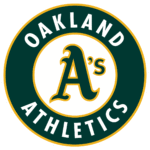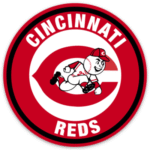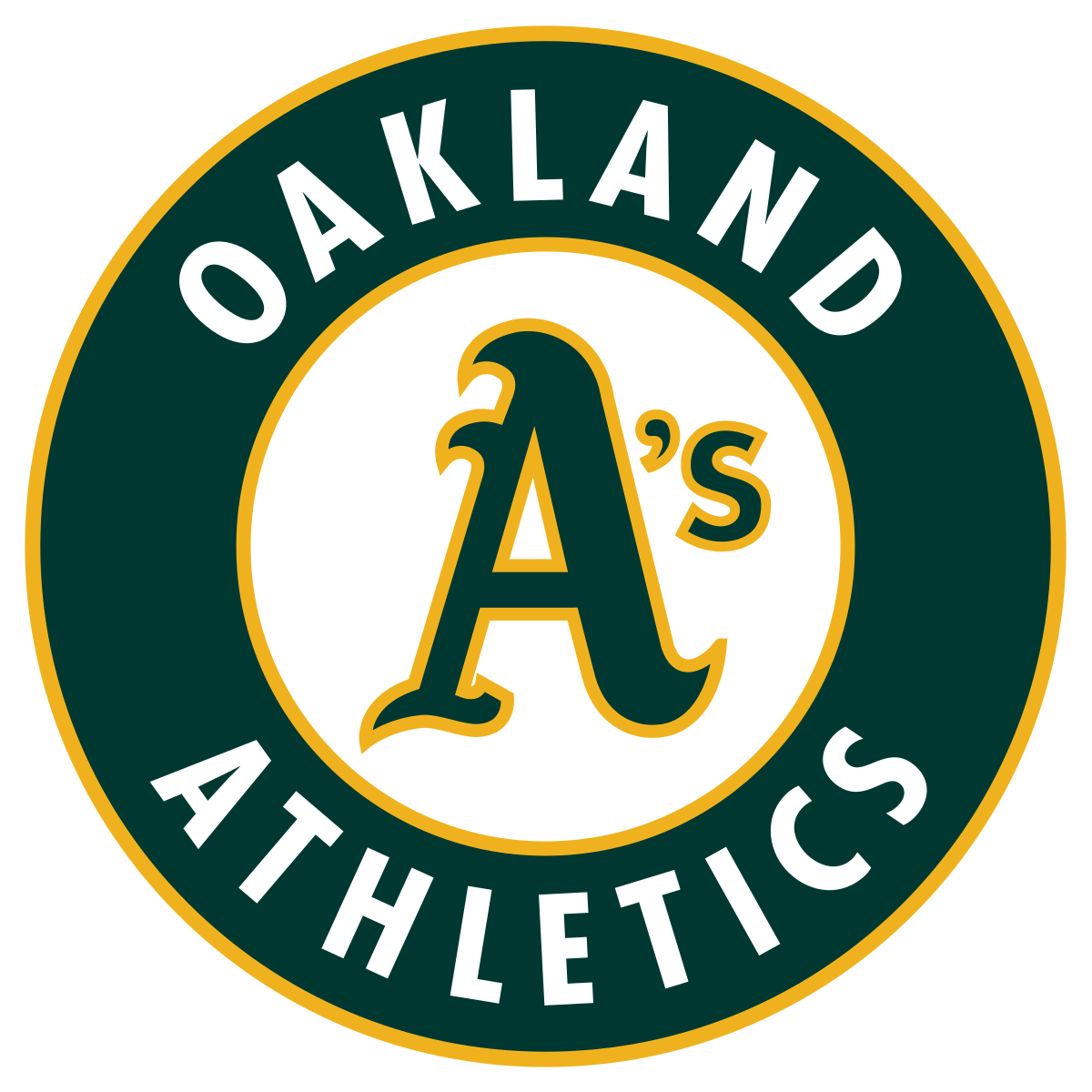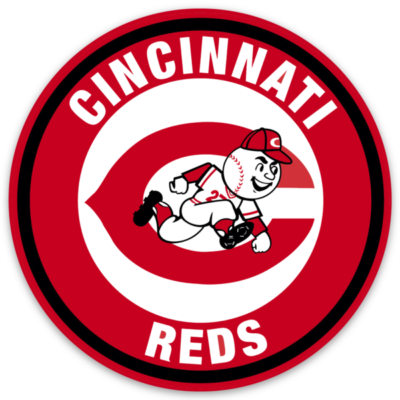Bramall Lane Stadium stands as one of the most iconic and historic football grounds in England. As the proud home of Sheffield United Football Club, this stadium holds a special place not only in the hearts of Blades fans but also in the history of world football. With its deep heritage, passionate supporters, and unique atmosphere, Bramall Lane continues to be a landmark that symbolizes both tradition and modern football culture 99ok.
A Stadium Steeped in History
Opened in 1855, Bramall Lane is one of the oldest professional football stadiums still in use today. Originally built for cricket, it hosted its first football match in 1862 — making it a significant site in the early development of the sport. Over the years, it has witnessed countless memorable moments, from league battles to cup clashes, and even international fixtures.
The stadium officially became the home ground of Sheffield United upon the club’s formation in 1889, and since then, it has evolved alongside the team. Each era has left its mark, shaping Bramall Lane into the architectural and cultural monument it is today.
Location and Accessibility
Bramall Lane is located in Sheffield, South Yorkshire, just a short walk from the city center. Its central position makes it easily accessible for both local fans and visitors. The stadium is well-connected by public transport, with Sheffield Railway Station only about 10 minutes away on foot. For those traveling by car, major motorways such as the M1 and A61 offer convenient access, and nearby parking options accommodate matchday crowds efficiently.
The area around Bramall Lane is rich in culture, with numerous pubs, restaurants, and hotels catering to football fans who wish to experience the full Sheffield matchday atmosphere.
Capacity and Stadium Design
Today, Bramall Lane Stadium boasts a capacity of approximately 32,000 spectators, divided among four main stands:
-
The Kop Stand – the heart of Sheffield United’s vocal support, known for its electric atmosphere.
-
The John Street Stand – a family-friendly area offering modern facilities and excellent views.
-
The South Stand – housing corporate boxes, hospitality suites, and media facilities.
-
The Bramall Lane Stand – shared by home and away supporters, providing an intense and lively atmosphere during matches.
Each stand reflects different stages of the stadium’s architectural evolution, combining traditional British football character with updated features that meet modern safety and comfort standards 99ok.com.
Modernization and Upgrades
Despite its historical roots, Bramall Lane has never stopped evolving. Over the last few decades, Sheffield United has invested significantly in stadium renovations, improving seating comfort, facilities, and technology. The introduction of LED floodlights, digital screens, and hospitality suites has modernized the fan experience while retaining the authentic charm of the venue.
Recent redevelopment plans aim to further expand the stadium’s capacity and enhance accessibility for all fans. These projects show Sheffield United’s commitment to maintaining Bramall Lane as a first-class football ground ready for the Premier League and beyond.
The Matchday Experience
Matchdays at Bramall Lane are nothing short of special. The moment fans walk through the turnstiles, they’re greeted by a sea of red and white scarves, passionate chants, and the unmistakable energy that defines English football. The atmosphere, especially during big games, is electric — driven by loyal supporters who have followed the Blades through triumphs and challenges alike.
The club’s Blades Family Hub provides entertainment for younger fans, while food kiosks and pubs around the stadium offer traditional British fare and local specialties. From pre-match excitement at The Railway Hotel to post-match celebrations in the city center, the experience is a perfect reflection of Sheffield’s community spirit.
Memorable Moments and Matches
Bramall Lane has hosted countless unforgettable moments in football history. In 1889, Sheffield United played their very first match here, setting the tone for decades of footballing passion. Over the years, the stadium has seen thrilling victories, promotion celebrations, and emotional relegation battles.
One of its most memorable occasions was the 1992 FA Cup semi-final replay between Sheffield Wednesday and Middlesbrough — an event that showcased the stadium’s capacity to host major football fixtures. Bramall Lane has also staged England international matches, FA Cup ties, and even rugby league games, demonstrating its versatility and prestige in the sporting world.
Cultural and Community Significance
Beyond football, Bramall Lane serves as a central hub for the Sheffield community. It frequently hosts charity events, concerts, and local initiatives, reinforcing its role as more than just a sports venue. The stadium represents Sheffield’s industrial roots and its enduring love for sport, teamwork, and resilience.
For locals, Bramall Lane is more than a building — it’s a symbol of pride. Generations of fans have grown up attending matches here, making it an integral part of Sheffield’s cultural identity.
Visiting Bramall Lane
Visitors to Sheffield often include Bramall Lane Stadium Tours in their itinerary. The guided tours offer a behind-the-scenes look at the players’ tunnel, dressing rooms, dugouts, and the Blades’ museum, which showcases the club’s trophies and historical memorabilia. For football enthusiasts, it’s a must-see attraction that combines heritage, emotion, and modern-day professionalism.
The stadium’s hospitality and conference facilities also attract businesses and event organizers year-round, turning Bramall Lane into a dynamic venue beyond matchdays.
The Future of Bramall Lane
As Sheffield United continues its journey in English football, Bramall Lane’s future looks bright. Plans for further redevelopment, improved fan experiences, and sustainability initiatives will ensure the stadium remains one of the most respected and beloved grounds in the UK. With each passing year, it continues to balance tradition with progress — a rare and admirable quality in modern football.
Conclusion
Bramall Lane is more than a football stadium; it’s a living monument to the history, culture, and passion of Sheffield and its people. From its Victorian-era origins to its modern-day upgrades, every corner of this ground tells a story — of perseverance, loyalty, and the unbreakable bond between a city and its football club.
For those who love the game, visiting Bramall Lane is like stepping into football’s living history — where the past and present meet in perfect harmony.





